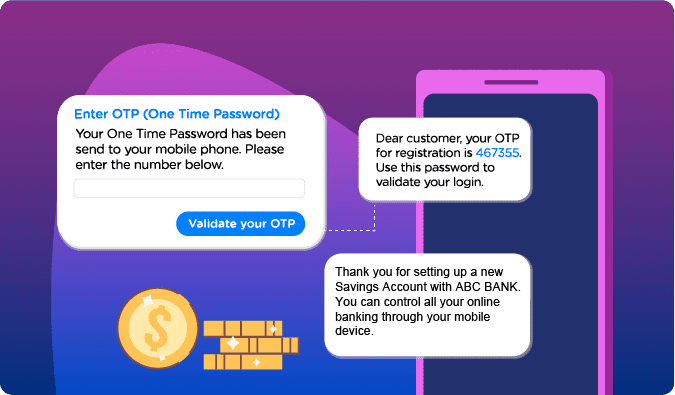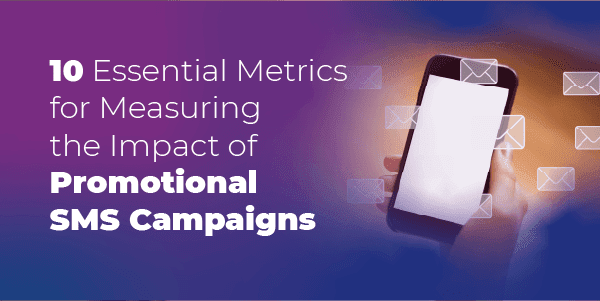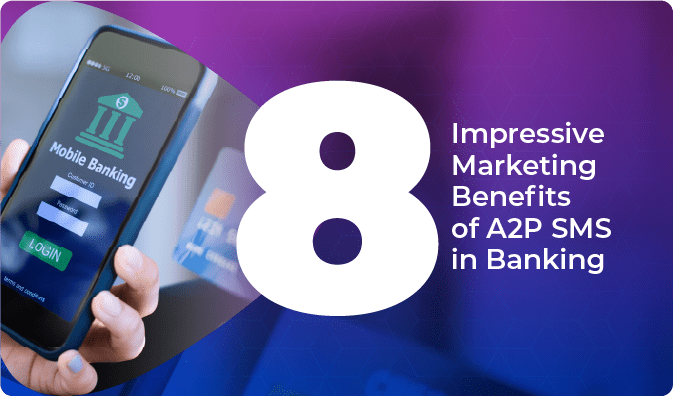In today’s digital era, banks face the challenge of meeting customer expectations for convenient and efficient communication. Enter financial messaging—a highly effective solution for banks to connect with customers. Financial messaging involves using messaging channels to exchange crucial financial information, from account updates to fraud alerts. Banks can leverage financial messaging to elevate customer communication, streamline costs, and fortify security.
Summary:
Financial messaging offers banks numerous avenues to enhance customer communication. Banks can:
 Send Account Balance Updates:
Send Account Balance Updates:
Financial messaging empowers banks to send real-time account balance updates to their customers. By providing this valuable information, customers can effortlessly track their spending, manage their finances, and avoid unnecessary fees. This proactive approach strengthens the customer’s financial awareness and fosters a sense of control over their economic well-being.
 Issue Fraud Alerts:
Issue Fraud Alerts:
Financial messaging enables banks to notify customers about potential fraud incidents promptly. Banks can quickly identify suspicious activities by leveraging real-time transaction monitoring and fraud detection systems and sending immediate fraud alerts to customers. This proactive approach helps safeguard customers’ financial assets and enables them to take necessary actions, such as reporting unauthorized transactions or blocking their accounts, to prevent further financial harm.
 Provide Efficient Customer Support:
Provide Efficient Customer Support:
Financial messaging is a powerful channel for banks to offer efficient and personalized customer support. Customers can reach out to their banks directly through messaging platforms, simplifying the process of raising queries or reporting issues. Banks can leverage automation and artificial intelligence to provide instant responses and self-service options, reducing customer wait times and ensuring swift resolution of concerns. This streamlined customer support experience enhances overall customer satisfaction and loyalty.
 Deliver Targeted Marketing Messages:
Deliver Targeted Marketing Messages:
Financial messaging allows banks to deliver targeted marketing messages to their customers. Banks can tailor promotional offers and relevant product recommendations to specific customer segments by analyzing customer data and preferences. With personalized messaging, banks can effectively engage customers, increase cross-selling and upselling opportunities, and drive conversions. This targeted marketing approach enables banks to optimize their marketing efforts and achieve higher campaign effectiveness.
 Strengthen Customer Engagement:
Strengthen Customer Engagement:
Financial messaging strengthens customer engagement by offering a convenient and direct communication channel between banks and their customers. Banks can proactively engage customers through personalized messages with relevant information, such as upcoming promotions, product updates, or important financial tips. By fostering ongoing communication, banks can build stronger customer relationships, enhance brand loyalty, and encourage continued interaction with their banking services.
Also Read: How A2P Messages Enhance Customer Engagement
Financial messaging presents cost-saving opportunities for banks, including:
 Paperless Statements:
Paperless Statements:
Financial messaging promotes the adoption of paperless statements, significantly reducing printing and postage expenses. Encouraging customers to opt for digital statements not only saves banks substantial costs and aligns with eco-friendly practices, contributing to environmental sustainability. Banks can educate and incentivize customers to embrace paperless banking by leveraging financial messaging platforms, leading to cost savings and a greener approach to business operations.
 Fewer Phone Calls:
Fewer Phone Calls:
Financial messaging provides an alternative to traditional phone-based interactions, reducing bank staffing costs. Banks can divert customer inquiries, account inquiries, and general support requests to digital platforms by offering convenient and efficient messaging channels. This shift minimizes the need for a large customer service call center and allows banks to optimize their resources, ultimately reducing operational expenses and increasing operational efficiency.
 Automating Customer Service:
Automating Customer Service:
Financial messaging platforms enable banks to automate routine customer service tasks, enhancing overall efficiency and reducing manual effort. With the integration of chatbots and intelligent automation, banks can respond instantly to frequently asked questions, account inquiries, and basic service requests. This automation streamlines customer service processes, minimizes wait times, and frees up bank employees to focus on more complex and personalized customer interactions. By automating customer service, banks can enhance service levels, improve response times, and deliver a seamless banking experience.
 Ensuring Security with Financial Messaging:
Ensuring Security with Financial Messaging:
Security is paramount in financial transactions and communication. Financial messaging platforms prioritize security measures to safeguard sensitive information exchanged between banks and customers. Through robust encryption protocols, secure authentication mechanisms, and adherence to industry standards, financial messaging ensures financial data’s confidentiality, integrity, and privacy. By leveraging secure messaging channels, banks can build customer trust, mitigate the risk of data breaches, and instill confidence in their digital banking services.
 Authenticating Customers:
Authenticating Customers:
Financial messaging is crucial in authenticating customers and preventing fraud and unauthorized account access. By implementing robust authentication mechanisms, such as two-factor authentication or biometric verification, banks can verify the identity of customers and establish a secure digital connection. This authentication process adds an extra layer of protection, instills customer confidence and reduces the risk of fraudulent activities, such as identity theft or account takeover.
 Tracking Financial Transactions
Tracking Financial Transactions
Financial messaging lets banks track and monitor financial transactions in real-time. By leveraging advanced tracking and monitoring capabilities, banks can detect and investigate any suspicious or fraudulent activities promptly. These tools enable banks to identify patterns, anomalies, or irregularities in transactional behavior, allowing them to take immediate action to prevent potential financial losses or protect customers from fraudulent activities. The ability to track financial transactions enhances banks’ fraud prevention strategies, improves their overall security posture, and reinforces customer trust in the safety of their accounts.
Conclusion
Financial messaging empowers banks to elevate customer communication, reduce costs, and reinforce security. Banks can offer customers a convenient and secure banking experience by adopting financial messaging. Additional benefits include increased customer engagement, improved satisfaction, higher sales, and enhanced regulatory compliance. If you’re a bank looking to enhance customer communication, reduce costs, and bolster security, embracing financial messaging is a strategic move worth considering. Click here to get on board the financial messaging train right away.



 Send Account Balance Updates:
Send Account Balance Updates:  Issue Fraud Alerts:
Issue Fraud Alerts: Provide Efficient Customer Support:
Provide Efficient Customer Support: Deliver Targeted Marketing Messages:
Deliver Targeted Marketing Messages:  Strengthen Customer Engagement:
Strengthen Customer Engagement: 
 Paperless Statements:
Paperless Statements:  Fewer Phone Calls:
Fewer Phone Calls:  Automating Customer Service:
Automating Customer Service:  Ensuring Security with Financial Messaging:
Ensuring Security with Financial Messaging:

 Authenticating Customers:
Authenticating Customers:








